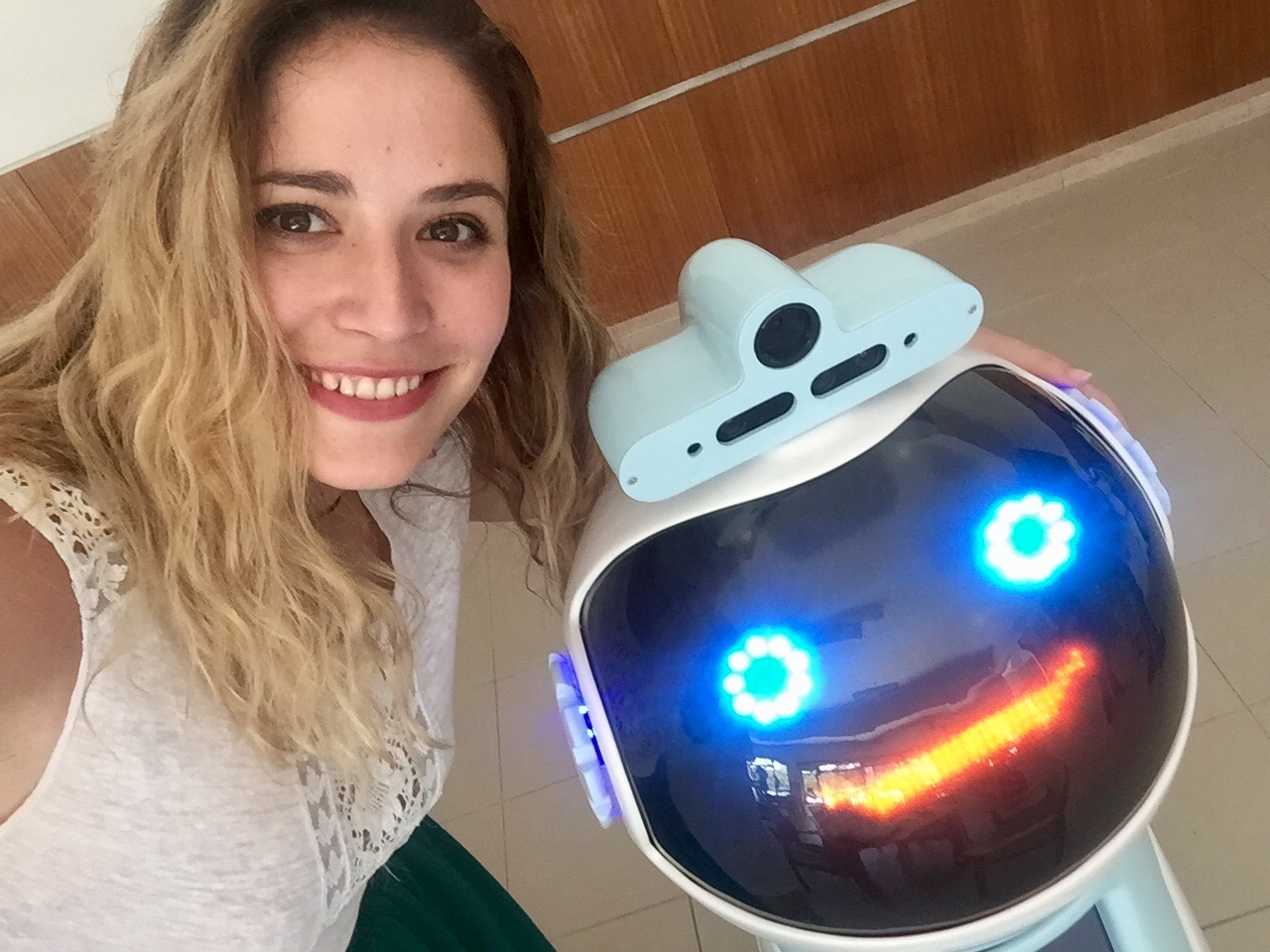Designing for Services

Learning outcomes
After successfully completing this course, students are able to:
- Recognize, explain and apply the key principles and concepts and methods in service design practice and research
- Apply co-design and service co-creation and differentiate their roles in design process and outcomes
- Recognize and analyze the strategic role of service design for innovation and for organizational change
- Outline networked systems and organizational structures for service design.
- Create and justify service design proposals that are based on creative collaborative exploration, and reflective evaluation of and with project partners, contexts, methods and frameworks.
Content
Designing for services course addresses application of design competence and engagement in the emerging topics of service design. The course typically has a real-world partner and briefs, and the topics typically address transformations in public organizations (e.g. social, cultural, technological) and the potentials of collaboration and networking. The focus is on holistic, human-centered and co-design approaches, as well as sense making of complexity and organisational and networked relationships. The topic is approached and tackled through academic criticality and creative service design practice.
The course includes two integrated modes of knowing and making. The knowing mode focuses on the understanding of designing for service through a combination of lectures, literature, presentations and workshops. The design project from the second mode serves as a learning platform for addressing both conceptual and practice related topics. The students participate actively in lectures and workshops.
The second mode, making, focuses on applying and adjusting concepts and frameworks in practice with collaborative partners. This mode focuses on tools and methodologies applied in design for services. Students, divided into groups, aim to tackle given briefs collaboratively, and communicate their learning processes both in teams and individually. The students participate actively in team work assignment, complete individual literature assignments and learning diaries.
Responsible Teacher







